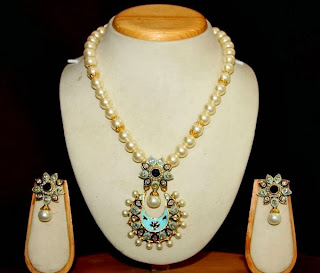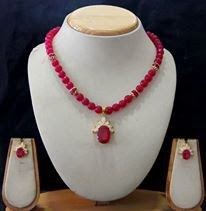Scrubs are a luxurious way to pamper skin since they exfoliate and moisturize at the same time and will leave skin feeling smooth and soft.
There’s no need to buy expensive stuff, make it yourself for a quick and easy way to have a spa experience right at home. They make great gifts too!
Here’s a bunch of recipes to get started with, I’ve sorted them into separate groups for easier browsing.
First a few tips:
Mix and store ingredients in glass bowls and jars to prevent reactions with other materials.
Shelf life is only a couple weeks or so (if kept cool in an airtight container) unless a preservative of some sort is added. You’ll find more information and preservative suggestions here: fromnaturewithlove.com (info on using T-50 Vitamin E Oil, Rosemary Oil Extract, Grapefruit Seed Extract and more).
Refrigerate any unused portion in a sealed container.
For something different, try adding a bit of gentle liquid soap to scrubs before using.
Use a loofah or bristle brush when applying, will give a nice massage while exfoliating.
When using the salt recipes, some believe that those from the Dead Sea are the most therapeutic since they help relieve pain from arthritis and bring a glow to skin.
Note: Substitutions used in the ingredient lists below:
C = cup
TBS = tablespoon
tsp = teaspoon
G-W-S = Granulated White Sugar
B-S = Brown Sugar
EO = Essential Oil
EVOO = Extra Virgin Olive Oil
sugar scrubs.......
Almond Oil & Vanilla
1/2 C of B-S
1/4 C of almond oil
1/4 C of liquid Ivory hand soap
1/4 tsp of vanilla
Lemon
1 C G-W-S
1/2 C EVOO
1 TBS lemon zest (grated)
Tea
2 C G-W-S
1 C honey
2 TBS tea
5 drops vanilla
Lavender & Rosewood
1 C B-S
1/4 C almond oil
1/2 tsp vitamin E
6 drops rosewood EO
4 drops lavender EO
Yogurt
3 TBS baby oil
1 TBS yogurt
1 TBS G-W-S
Aloe Vera
1 C G-W-S
1 C EVOO
2 TBS aloe vera gel
8 drops EO (of your choice)
Coffee
1/4 C packed B-S
1/4 C G-W-S
3 TBS fresh coffee grounds
5 tsp almond oil
5 tsp jojoba oil
2 tsp honey
1 tsp vitamin E
1 tsp vanilla
With Powdered Milk
1 C B-S
2 C powdered milk
1 C EVOO
10 drops EO
To make: Mix the dry ingredients first then pour the EVOO slowly, stirring the whole time. After it’s at the desired consistency, mix in the essential oils. This was sent in by Charlotte, thanks!
For Hands & Dry Trouble Spots
2 tsp chopped rosemary
1/8 C EVOO
4 tsp almond oil
1 tsp lemon oil
B-S (or raw sugar)
Directions: Mix chopped rosemary with the oils first then add sugar to make a paste.
sea salt scrubs.................
Exfoliating
1/2 C fine sea salt
1/4 C oatmeal (ground, uncooked)
1/4 C flaxseed oil
1/4 C EVOO
8 drops geranium oil
Lavender
1/4 C fine sea salt
1/4 C EVOO
3 to 5 drops lavender EO
Tip: Add a bit of water or liquid soap while using.
Favorite Scent
3 C fine sea salt
3/4 C EVOO
3/4 C sweet almond oil
choice of EO
Mix ingredients together then use after showering, store in a sealed glass jar.
Peppermint (for feet)
1 1/2 C fine sea salt
1/3 C EVOO
3 drops peppermint EO
Exfoliate soles and heels with this mixture after a bath or foot soak.
oatmeal scrubs.......
With Yogurt
1 C oatmeal
1 C plain yogurt
With Honey
1/2 C oatmeal
1/4 C honey
2 tsp aloe vera gel
Yogurt & Honey
1 TBS oats
2 TBS yogurt
1 tsp honey
Strawberry
1/4 C rolled oats
4 to 5 fresh strawberries
milk
Trim the berries of their leaves then mash, mix in the rolled oats then add enough milk to make a paste.
Lavender
2 C oats
1/4 C dried lavender buds
Mix then grind in a blender until it’s a powder, store in a sealed glass jar and keep in a dark location. To use: mix about a tablespoon of powder with enough water to make a paste. Gently massage into skin then rinse with clear water.
.jpg)




















.jpg)



